Intensive Farming Nutrients
By mechanizing the farm the farmer will able to save the labor as well as the time. It is carried out to meet the rising demand for cheap food and prevent future shortages.
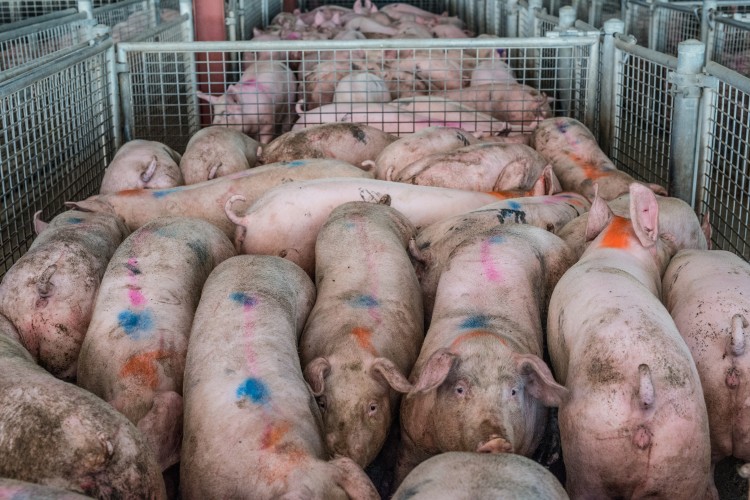
Intensive Agriculture Impact On Humans Animals And The Planet
Considering the mentioned problem it.

Intensive farming nutrients. Intensive fish and shrimp farming being defined as throughput-based systems have a continuous or pulse release of nutrients that adds to coastal eutrophication. As an alternative treatment solution seaweeds can be used to clean the dissolved. Humus created in the autumns and winter by the mushrooms and fungi will be mineralised by bacteria in the spring when temperature raises.
Horizontal roots grow under the organic matter to absorb nutrients minerals. Most of this phosphorus and nitrogen thats used to grow crops washes into rivers and steams or. Soil organic matter levels are lowered decreasing the availability of water and some nutrients to plants.
Achieving these unnatural results. Although supplementary feeds are used as a direct source of dietary nutrients for the farmed species when used in excess these products may also exert a fertilization effect on the water body. The key strategies of this type of farming system are.
Money is the objective and much of it goes funneling into the hands of a very few. Over the past 100 years intensive farming has tripled the levels of phosphorus and doubled the levels of nitrogen in the environment compared to natural levels. Deep soil preparation to build solid root system.
With this feeding strategy higher fish and shrimp stocking densities are possible and consequently higher fishshrimp yield per unit area. Nitrogen and phosphate released during this bacterial mineralisation and will drain down with rainwater. It is characterized with the intensive use of pesticides fertilizer and other production inputs for crops and medication as well as concentrated feeding for the animal stock.
It was shown that 180 kg of solids 13 kg phosphorus and 1054 kg of nitrogen were released to the environment through excretion and by uneaten feed to produce 1000 kg of fish. There by plays a great deal in reducing the hunger population of the world. As we already know higher production is the main pros here.
Soils are effected negatively also. Leaching rates are greater. This system comprises of intensive mixed farming which supports the principles of nutrient recycling and integrated pest management.
Biointensive farming achieves best soil conditions through a process called double digging. Use of naturally pollinated seeds 3. The exact amount of fertilizer required depends on the structure and chemical analysis of the soil but roughly phosphorus is required in the amount of 270 360 lbsac 300 400 kgha potassium in the amount of 180 270 lbsac 200 300 kgha and nitrogen in the.
The plants suitable for intensive conventional farming get high amount of nutrients at its peak stage whereas in organic farming the manure applied is needed to be decomposed first by microorganisms followed by mineralization process to be converted to available form like NO 3 and NH 4. The identification of nitrogen and phosphorus as critical factors in plant growth led to the manufacture of synthetic fertilizers making more intensive. The UN is calling for the world to move away from intensive farming as new figures reveal agriculture is destroying 24 billion tonnes of fertile soil a year.
Carbon farming uses crops such as millet oats or amaranth. These crops can be used to provide nutrition for the farmers family and replenish soil fertility that is crucial for any farmland. Intensive farming is the latest technique used to yield high productivity by keeping large number of livestock indoors and using excessive amount of chemical fertilizers on a tiny acreage.
Department of Agriculture nutritional data from both 1950 and 1999 for 43 different vegetables and fruits finding reliable declines in the amount of protein calcium. Animal wastes are in surplus where animals are raised intensively. Intensive farming also intensive agriculture is the practice where a lot of labor and capital is employed to maximize agricultural produce or yields.
Hence its availability was low when it was highly required. Intensive farming causes more nitrate and phosphate pollution of surface waters. Rapid scale growth of intensive mariculture systems can often lead to adverse impacts on the environment.
Intensive farming is characterized by higher yields wrested from plants animals and the earth motivated by a desire for more product for less money. They studied US. Alvarado 1997 describes the flux of nutrients from a gilthead seabream farm where fish under intensive production were fed commercially extruded bream diets Fig.
A third of the Earths fertile soil is being acutely degraded due to intensive farming as global demand for food grows according to the UN. With the use of lesser land area we can have a higher output to meet the world food demand. Advantages of Intensive Farming.
Soil erosion is greater.

Industrial Agriculture How Intensive Farming Affects Our Lives
Changing Menus Changing Landscapes Agriculture And Food In Europe European Environment Agency
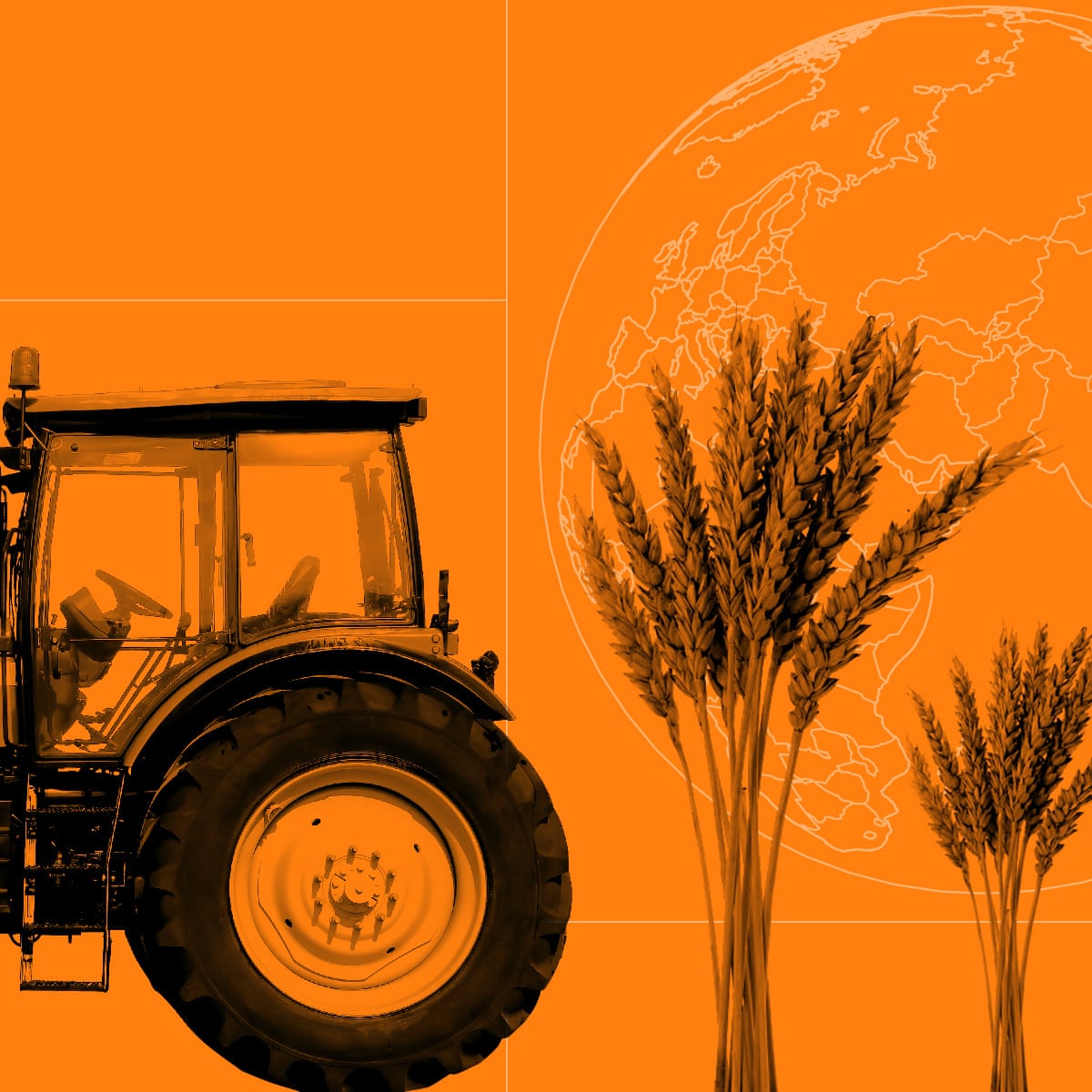
Can We Ditch Intensive Farming And Still Feed The World Farming The Guardian

Strategies For Mitigating Soil Acidification In Intensive Farming Download Scientific Diagram

Industrial Agriculture How Intensive Farming Affects Our Lives
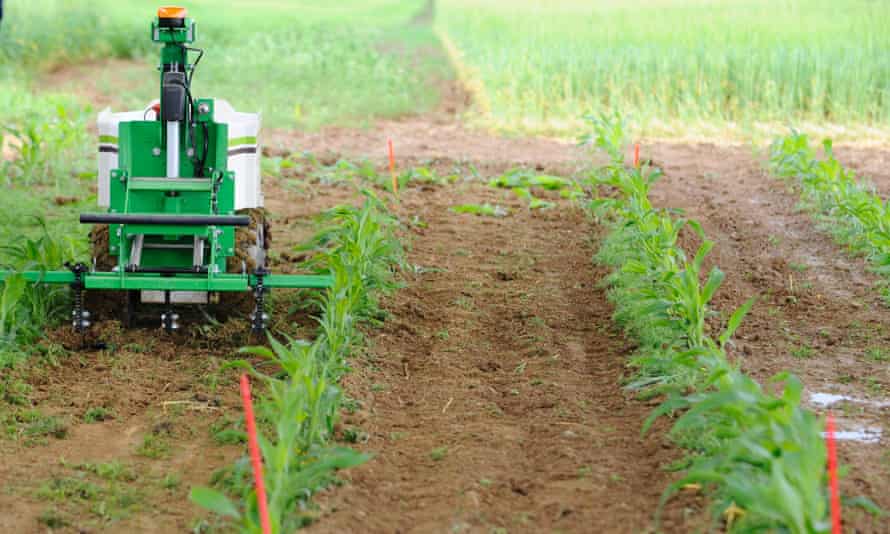
Can We Ditch Intensive Farming And Still Feed The World Farming The Guardian

Pros And Cons Of Using Agricultural Fertilizers Greentumble
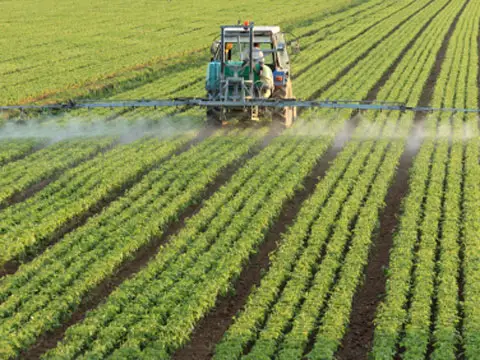
Advantages And Disadvantages Of Intensive Farming

Sustainability Advantage High Yield Intensive Agriculture Outpaces Organic Farming Large Study Shows Genetic Literacy Project

Soil And The Intensification Of Agriculture For Global Food Security Sciencedirect

Advantages And Disadvantages Of Intensive Farming

Difference Between Intensive And Extensive Farming Farming Base
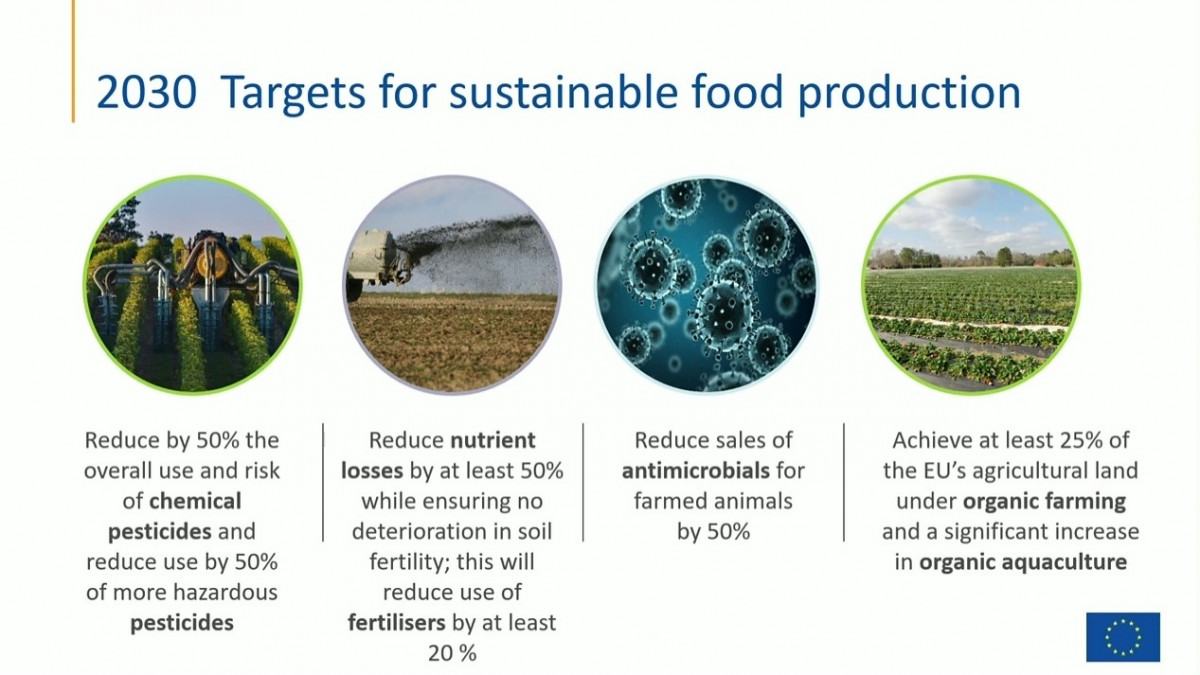
Eu S Farm To Fork Strategy Impacts Climate Productivity And Trade Clean Energy Wire
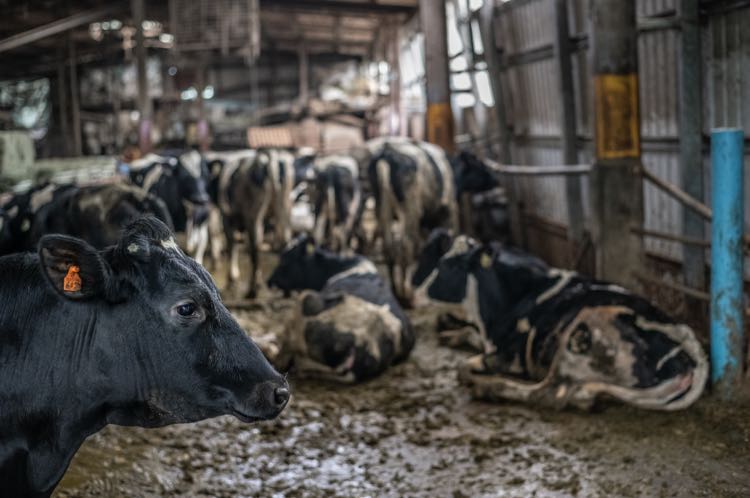
Intensive Agriculture Impact On Humans Animals And The Planet

Soil The Foundation Of Agriculture Learn Science At Scitable

Monoculture Do Intensive Farming And Gmos Really Threaten Biodiversity Genetic Literacy Project
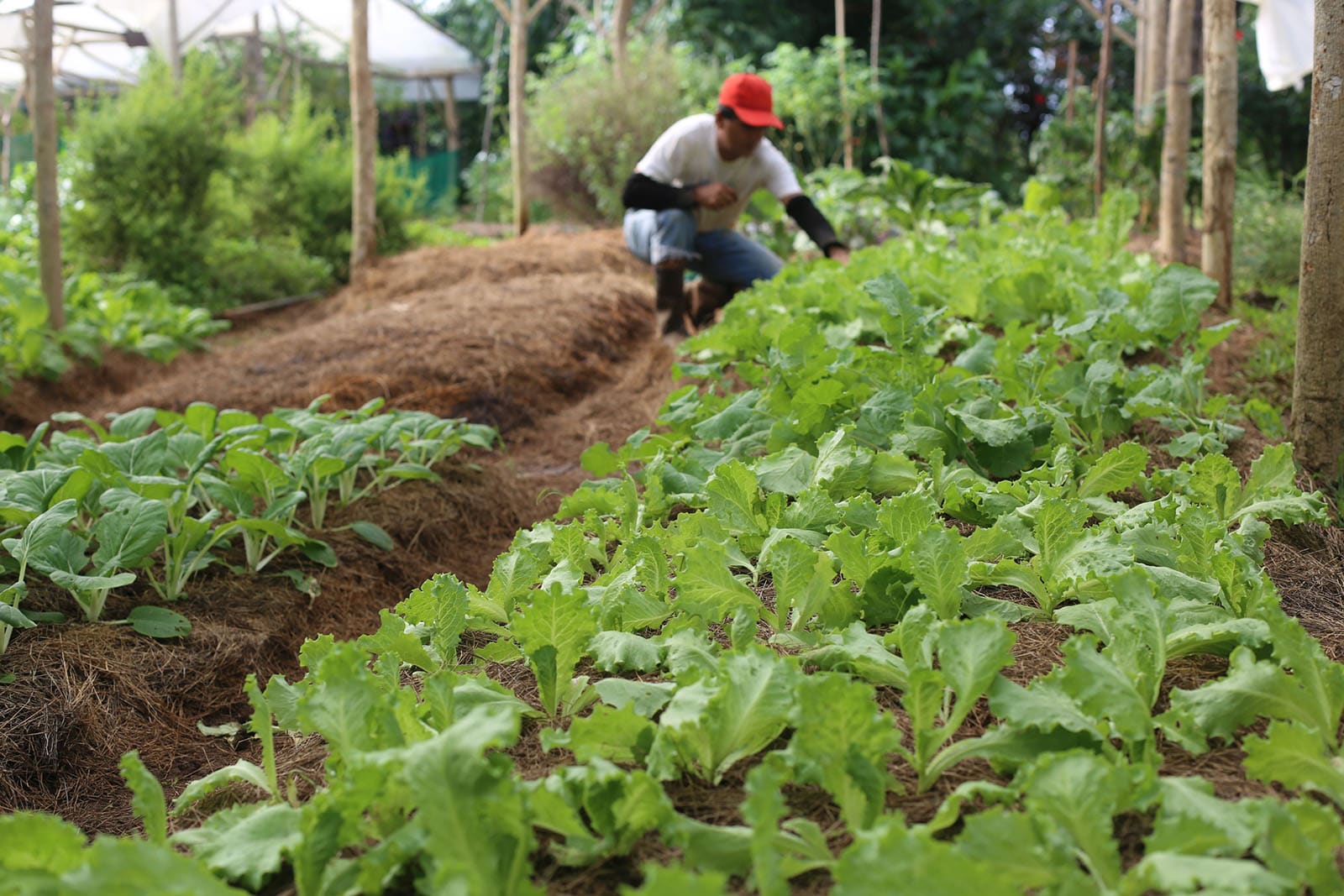
What Is The Importance Of Bio Intensive Gardening

Intensive Farming Ecologically Sustainable Euractiv Com

Intensive Agriculture Impact On Humans Animals And The Planet
Post a Comment for "Intensive Farming Nutrients"